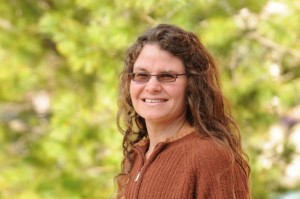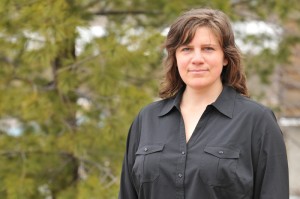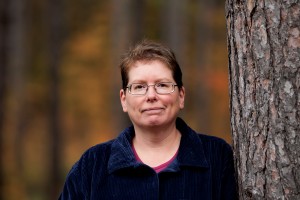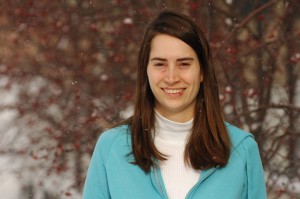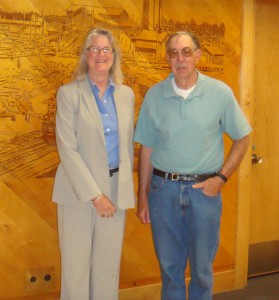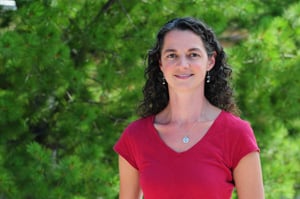The Biotechnology Research Center has announced the recipients of its fall travel grants:
- Graduate student Tayloria Adams (ChE): $500 toward a poster presentation at the American Institute of Chemical Engineers annual meeting held in Minneapolis, in October.
- Graduate student Aytug Gencoglu (ChE): $500 toward a podium presentation at the American Institute of Chemical Engineers annual meeting held in Minneapolis, in October.
- Graduate student Seyyed Hessam Mir Shah Ghassemi (ME-EM): $500 toward a podium presentation at the Electrochemistry 2011 meeting held Boston, in October.
- Undergraduate student Hallie Holmes (Biomedical Engineering): $500 toward a podium presentation at the Biomedical Engineering Society annual meeting held Hartford, Conn., in October.
- Graduate student Beini Jiang (MATH): $500 toward a poster presentation at the WORLDCOMP ’11 Meeting held in Las Vegas, in July.
- Graduate student Robert Larson (KIP): $500 toward a poster presentation at the Experimental Biology 2011 Conference held in Washington, DC, in April.
- Graduate student Kaela Leonard (ChE): $500 toward a podium presentation at the American Institute of Chemical Engineers annual meeting held in Minneapolis, in October
- Graduate student Saikat Mukhopadhay (Physics): $500 toward a poster presentation at the International Conference on Theoretical and Applied Physics to be held in Kolkata, India, in December.
- Graduate student Haley Rupp (SFRES): $500 toward a poster presentation at the WoW 2011 Symposium held in Vancouver, British Columbia, in June.
- Graduate student Alicia Sawdon (ChE): $500 toward a podium presentation at the American Institute of Chemical Engineers annual meeting held in Minneapolis, in October.
- Graduate student Christopher Schwartz (KIP): $500 toward a poster presentation at the Experimental Biology 2011 Conference held in Washington, DC, in April.
- Graduate student Katherine Snyder (Biomedical Engineering): $500 toward a poster presentation at the ORS 2011 annual meeting held in Long Beach, Calif., in January.
- Graduate student Chungja Yang (ChE): $250 toward a poster presentation at the American Institute of Chemical Engineers annual meeting held in Minneapolis, in October.
- Graduate student Huan Yang (KIP): $500 toward a poster presentation at the Experimental Biology 2011 conference held in Washington, DC, in April.
